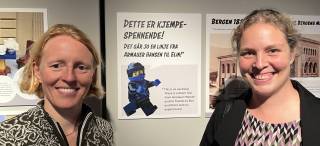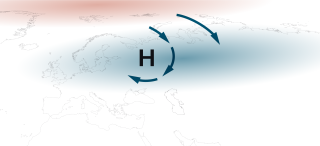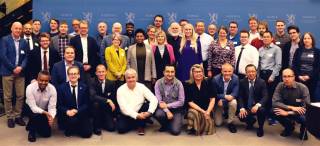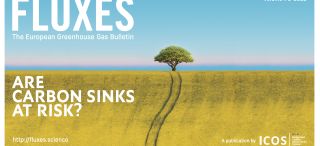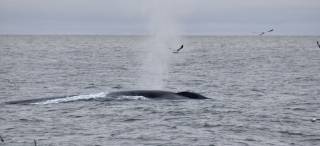Gudrun Sylte
Kommunikasjonsleder ved Bjerknessenteret med ansvar for eksternt kommunikasjonsarbeid, vår nettside, mediekontakt, møter og samarbeid med andre aktører.
Kommunikasjonsleder
Bjerknessenteret
Jahnebakken 5, 3,etg
5007 Bergen
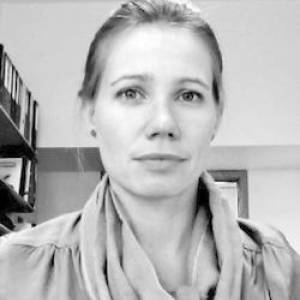
Phone: 40856457
Hemorrhage & Turbines - The world's best climate stories
09.02.2024, 10:02
The winners of the Bergen International Writing Competition, Carissa Cecilia Coane with the poem “Hemorrhage” and Maya Teiman with the essay “The Turbines”
Join KlimaNinja on a city tour
31.10.2023, 09:23
At Bryggen Museum for the next six months, KlimaNinja has taken on the role of exhibition guide. The exhibition takes you on a city tour among knowledgeable residents of Bergen from the 13th century to the present day, right up to the office of Elin Darelius at the Geophysical Institute.
Warm Arctic, icy winter in Eurasia
30.05.2023, 15:27
Is there a connection between reduced sea ice in the Arctic and waves of cold weather over northern Eurasia? The scientific community has debated this for over a decade. Bjerknes Centre researchers now propose a framework to bridge the alternate views.
Podcast: The Breathing Ocean
31.03.2023, 11:27
Oxygen is important for the living creatures in the deep ocean. When global oceans warm, some processes lead to less oxygen in the deep. This somewhat scary trend is what Rachael Sanders investigate in her work in the project O2Ocean.
Super models with highly trained algorithms
24.10.2022, 10:22
Climate models produce enormous amounts of data. These are too large to handle for ordinary people, and too costly to run on large super computers. A new cooperation on machine learning and AI looks to solve the problem.
The Atlantic Niño weakens under global warming
23.09.2022, 09:26
For the first time, the impact of global warming on the Atlantic Niño has been addressed. The result, published in Nature Climate Change, shows a strong weakening of the sea surface temperature variability. This implies less variations in sea surface temperatures in the future and will affect weather and fisheries along the coast lines on both sides of the South Atlantic Ocean.
Vulnerable carbon sinks
01.09.2022, 14:57
New data by ICOS confirms that natural carbon sinks such as the ocean and forests are not stable. Climate change makes these sinks more vulnerable, in some cases even turning them into carbon emitters. This compromises current climate targets and action plans.
Quiet crossing of ocean tipping points, but at high cost
22.02.2021, 21:00
Highly probable ocean tipping points need to be taken equally seriously as potential singular catastrophic climatic tipping points, write scientists and stakeholders in a new PNAS research perspective.
Tore Furevik new director of the Nansen Center
04.01.2021, 13:23
After two periods as head of the Bjerknes Centre, Tore Furevik has been appointed Managing Director of the Nansen Environmental and Remote Sensing Center.


